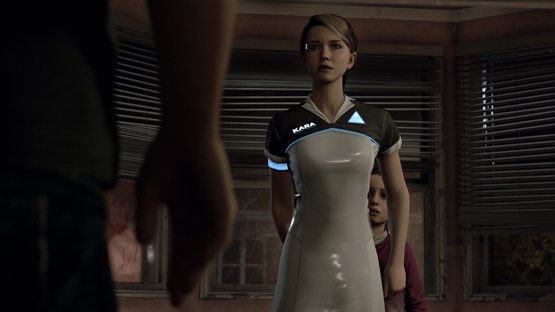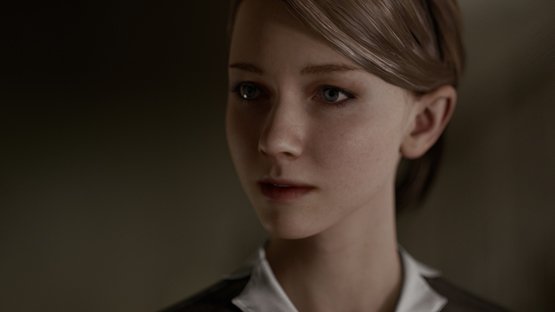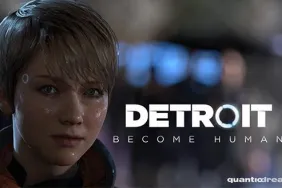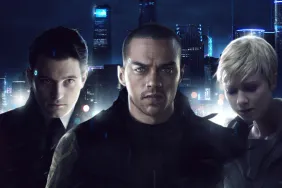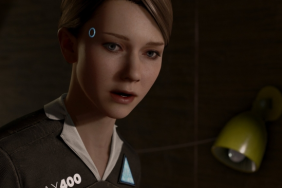Since first being announced, we’ve seen three main scenarios come up again and again for Detroit: Become Human. The first is the section with Connor investigating the rogue android holding the little girl hostage on a rooftop. The second is the android riot that we saw at this year’s E3, and the final segment is child abuse scene that stirred up quite a bit of controversy when it was shown at Paris Games Week 2017. At PSX last weekend, I had a chance to get my hands on both Connor’s story investigating the crime scene and the hyper intense scene as Kara attempts to protect a little girl from her abusive father.
What’s amazing about each of these events is how wildly different they are, and how wildly different they can play out. Said to be the opening segment of the game, Connor investigating the carnage in the apartment plays out like a Batman detective mode, complete with recreating events and playing them back to gain additional clues. Being that Connor is an android, this kind of hyper-analytical mechanic makes sense. Discovering various clues and your decisions of what to do with each of those things can have drastically different outcomes. It’s possible to run straight outside to try to save the girl, but you may not learn crucial information that would ensure she lives.
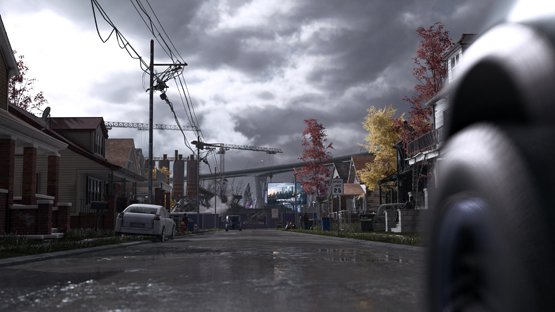
Once Connor is face to face with the rogue android, his conversational skills come into play, altering the potential for success. Do you want to try to reason with the android, or elicit an emotional response? Perhaps you picked up a gun inside and want to take a more direct approach. At the end of all of the investigation and conversation, Connor can end up dead in a variety of ways, and the little girl can either be dead or alive. You might see her take a fall along with the android or even see Connor lunge at him to save the girl, sacrificing himself in the process.
In my playthrough, I was able to take the rogue bot down. He released the little girl and was taken out by numerous snipers that surrounded the area. Perhaps most telling in this scene is the exceptionally cold way that Connor turns and walks away once his mission is complete. There’s no embrace of the little girl to tell her she’s safe. There’s no emotion. Connor is a machine designed for a specific purpose and he plays his part like he was programmed to, gathering facts and knowledge to reach a specific end goal.
Programmed For Protection and Survival
Kara’s scenario, on the other hand, is completely emotional in nature. Designed as an android maid, Kara is forced to serve dinner and watch as Todd, the abusive father, verbally tears his little girl apart for everything from his terrible living situation to the loss of his wife. The girl goes running upstairs, while Todd orders Kara not to move. He continues to rant and rant, and at this point, the player can intervene. Kara can break through her programming telling her to stay, but it takes quite an effort. She can also follow orders and stay put, but honestly, being a human player playing an android, of course Kara is going to have human emotions that drive her–or rather, us–to rush upstairs and attempt to protect the child.
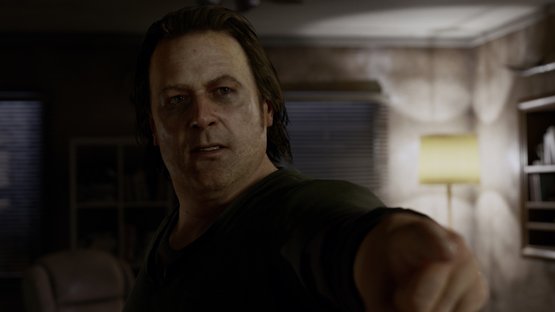
Once Kara breaks her programming, and depending on the timing, Kara can either try to reason with Todd or head upstairs herself. If Todd is already headed upstairs, then that opportunity has passed, and Kara will have to follow him (or not, if you’re a monster). Once upstairs, an intense and emotionally rough struggle breaks out with this sad sack of a man. It’s difficult to reconcile gameplay mechanics with the intensity of the scene and Todd’s brutal hatred for Kara, for his daughter, and for everything around him. It’s hard to put into words just how heavy this scene is, no matter how it plays out.
For me, I missed a QTE and lost the gun. I feared this meant Todd would get it, but as a shot rang out and blood painted itself across Todd’s chest, I realized his daughter had just killed her father. It’s possible for Kara to kill Todd herself, or even for Todd to kill Kara in this scene. The sheer ferocity and emotion of the segment is adverse to the slow-paced investigative and emotionless tack found in Connor’s trial, and admittedly, it may prove to be too much for some players. Driving that kind of emotion is something I would consider a success for Detroit’s special brand of storytelling though. It’s not glorifying the violence; it’s almost testing players and how they might react to it. An android is a blank slate that we are allowed to fill with our own emotional response.
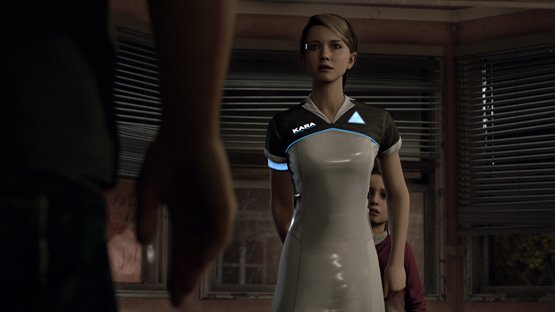
At the end of each scenario, a web of permutations is shown, showing each thing that was discovered and done, and how it affected the path to your particular outcome. You can explore this web, and presumably on repeat plays, unlock additional permutations and potential outcomes. It makes me quite curious how the entire final game plays out, having already been shown scenes that can result in the possible death of two lead characters. So far, Detroit: Become Human seems like it’s more of a follow-up to the more interesting Heavy Rain than the barely mediocre Beyond: Two Souls, though there’s a fair bit of irony that’s not lost on me in having humans control androids that are discovering their human-like tendencies. There’s not much more time to wait to see how it all comes together in the final release, because Detroit: Become Human releases in Spring 2018.
